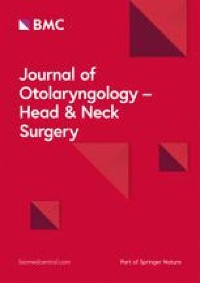J Plast Reconstr Aesthet Surg. 2022 Jan 22:S1748-6815(22)00038-9. doi: 10.1016/j.bjps.2022.01.021. Online ahead of print.
ABSTRACT
BACKGROUND: This study aimed to evaluate whether the implementation of extra perioperative safety measures and precautions through adopted standard operating procedures (SOPs) to ensure optimal anti-microbial conditions has led to less surgical site infections (SSI) after alloplastic breast reconstruction (BR).
METHODS: This retrospective study compared two Cohorts of patients treated before and after the implementation of new SOPs (2009-2014: Cohort 1 versus 2014-2019: Cohort 2). Multivariate logistic regression analyses, adjusting for patient confounders, were implemented to compare SSI incidence between both Cohorts.
RESULTS: Overall, SSI incidence was equal in both groups (10%, p = 0.545). The incidence of deep SSI was 9% for Cohort 1 and 5% for Cohort 2 (p = 0.074). Incidence of SSI-related explantation was 8% and 5%, respectively (p = 0.136). After adjusting for patient confounders, no statistically significant difference was seen between both Cohorts in overall SSI, deep SSI incidence, and explantation due to SSI (ORadjusted: -0.31, p = 0.452, ORadjusted: 0.16, p = 0.747 and ORadjusted: 0.18, p = 0.712). Higher BMI, smoking, one-stage BR, and immediate BR were associated with the risk for SSI (p<0.001, p = 0.036, p<0.001, and p = 0.022, respectively).
CONCLUSION: Extra safety measures to assure optimal anti-microbial conditions did not contribute to lower SSI incidence or SSI-related explantation after alloplastic BR. Confounders such as BMI, smoking, immediate BR, and one-stage BR were correlated to an increased risk for overall SSI, deep SSI, and SSI-related explantation of TE/implants.
PMID:35190280 | DOI:10.1016/j.bjps.2022.01.021






